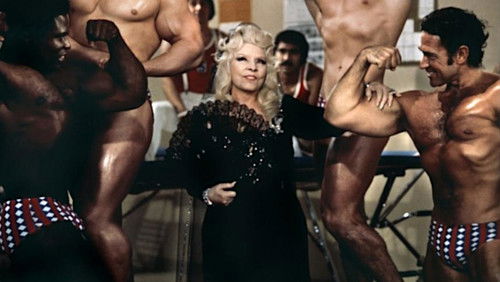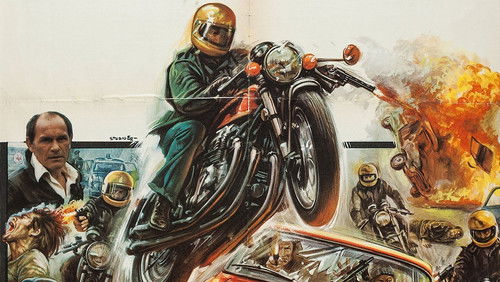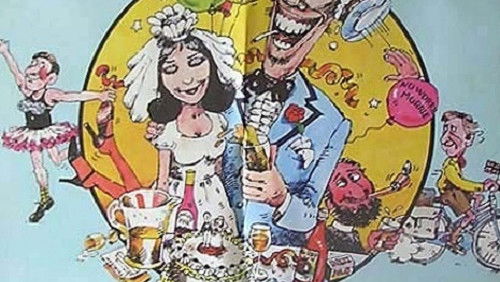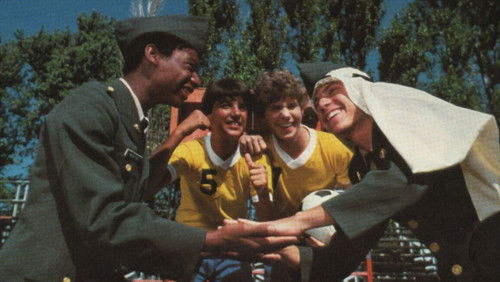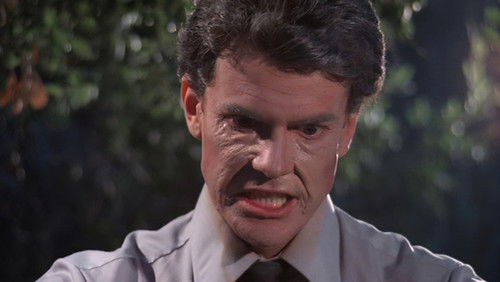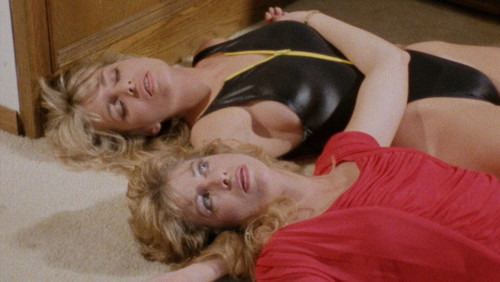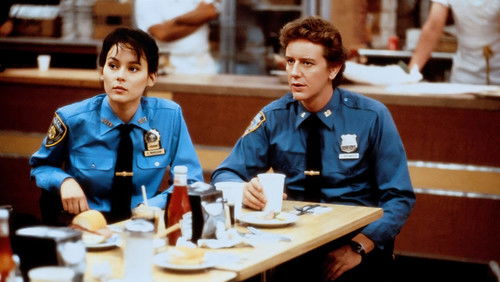Runaway Nightmare (1982)
54KRunaway Nightmare: Directed by Mike Cartel. With Mike Cartel, Al Valletta, Seeska Vandenberg, Cindy Donlan. Two dorky Nevada worm wranglers are kidnapped by a gang of beautiful women as part of a plot to steal plutonium from the Mafia.
“Working/living in Death Valley, worm ranchers Ralph and Jason quietly watch a live, luscious girl being buried. They rescue the victim, Fate (Seeska Vandenberg) but get kidnapped for their trouble by the buried girlu0026#39;s lunatical all-female cult. Jason (Al Valletta), originally bored, finds the abduction a feast with endless romantic opportunities while Ralph (Mike Cartel), content with the quiet, uneventful desert tries now to maneuver in a bizarre, dangerous otherworld.u003cbr/u003eu003cbr/u003eRUNAWAY NIGHTMARE is a serious mystery in the opening moments of ominous Joshua-treed desert with fleecy grinning clouds; vultures circling, restive winds , suggesting playfully cruel gods just over the horizon. But the audience is also foreshadowy-warned that this is a subtle, dark comedy; Worm farmers (really?) Calm one-liners, even wisecracks alongside morbidity.u003cbr/u003eu003cbr/u003eYou also grasp that actor/director/etcetera Mike Cartel intentionally teases with almost-sex and near ultra-violence/death. Cartel avoids these conceits like the clap, partly to contrast the u0026#39;70s cinema new discovery (and flaunting) of skin, sim-sex, blood-flood and profanity-for-dialog. And partly because of the filmu0026#39;s nature; where (stark porn and/or blood-gushing) with gorgeous lunatics is both dangerous and (with Ralphu0026#39;s moral character) as passionless as watching dogs mate.u003cbr/u003eu003cbr/u003eAct Two is Ralph and Jasonu0026#39;s surreal life in the man-hating/craving female commune, where the men have opposite experiences. Much involves the netherworld vignettes with its expressionist decor, creeping shadows, splashed/shaped lighting. Seldom do the scenes build and play out, although the focus is on a quick study of bizarre women in a funhouse/spook house without stalling momentum. It is also where much of the confusing subtleties are confronted with dialog-pieces rather than lengthy expositions. The aberrant editing (sideways with nuts-and-bolt edits), unpredictable events, Ralphu0026#39;s interchange in this off-beat sequence creates an impetus of its own. But it is here too that the audience must catch hold of Ralph, or the film will fail with no one to root for.u003cbr/u003eu003cbr/u003eWith a script sentence that might have read; u0026quot;Fateu0026#39;s burial was the punishment of a crime boss (that she had previously worked with) after she had stolen from him a package-full of something priceless (platinum?),u0026quot; the movie makes a detour into crime melodrama.u003cbr/u003eu003cbr/u003eHere Ralph and Jason are used as decoys at the crime bossu0026#39;s warehouse while the cult leader, heartless Hesperia (Cindy Donlan) and her women steal back the mysterious package. The boss and his crew (whou0026#39;s nobodyu0026#39;s fool) counterattacks Hesperiau0026#39;s Walden-Three where everyone escapes, except, of course Ralph.u003cbr/u003eu003cbr/u003eAdapting as fast as the gods can invent traps, Ralph sets a time-bomb and hides the platinum package before being probed by the boss at his hideout. The bomb actually explodes before Ralph gets eviscerated, saved by his own cunning, with help from the sneaky gods.u003cbr/u003eu003cbr/u003eBut the audience may suspect Ralph is a slapsitck-less Lou Costello (where he sees actual monsters but no one believes him) playing to Jasonu0026#39;s cocky, doubting Bud Abbott. You know that Ralph isnu0026#39;t going to die (any more than Frankenstein will hurt Costello). The gods arenu0026#39;t about to let their fool slip into eternal rest until theyu0026#39;ve had their fun.u003cbr/u003eu003cbr/u003eRalph phones his ranch where Jason and the girls have escaped. But it is Fate who coincidentally answers the phone; she lies that everyone has died and drives to the exploded warehouse to find Ralph. It is only Fate after-all who appears sane, who had gingerly seduced Ralph into her trust. After learning the whereabouts of her platinum, Fate toys with Ralph by happily confessing to her triple-crosses then casually shoots the man who had saved her life. But Ralph still canu0026#39;t find deathly peace, this time saved by his protective vest.u003cbr/u003eu003cbr/u003eNow at the commune, Fate finally opens her illusive package, discovering that it actually contains something far more precious than platinum.u003cbr/u003eu003cbr/u003eThis is where the original script ended, with a sketchy line about cult queen Hesperia abandoning her girls to the men, who happily use them as bug ranchers. Over the months Cartel filmed five endings, finally settling on one that takes another hard turn (gods-willing) allowing Ralphu0026#39;s escape into the kind of indelicate immortality that only a vampire might appreciate.u003cbr/u003eu003cbr/u003eRUNAWAY NIGHTMAREu0026#39;s comic subtlety, however overlaps into several genres (it was first marketed as a horror film) where it keeps many viewers off-balance or slaphappy (are they serious now? Where the hell is this leading to?) or degrades into farce (a hot-foot joke to end the dinner scene!?). But Ralph remains true to his character, and every mad hazard is seen through his POV, holding a forward interest with many observers intrigued, others overlooking flaws for the adventure.u003cbr/u003eu003cbr/u003eAnd if audiences go along with Ralph they will forgive that the plot is just a platform, slowly unfolding from a mystery into a raging, screwball ride that may have finally found its gathering, beyond the art house and into the outer limits of cinephile cult.”
